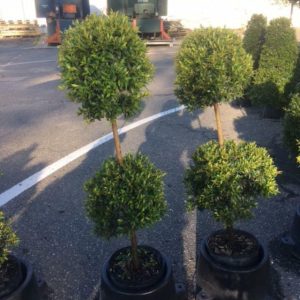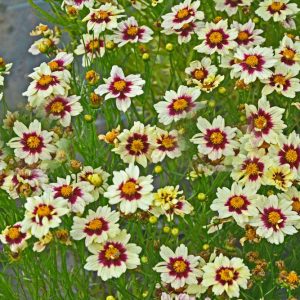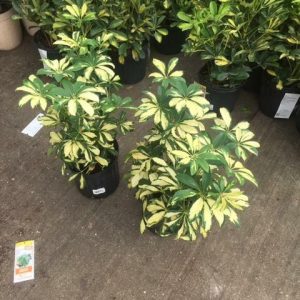Description
Polemonium – Jacob’s Ladder –
There are about 25 species of deciduous, clump forming or occasionally rhizomatous perennials, and annuals, in this genus. They occur in stony, arctic or alpine soil, often by streams, or in damp meadows, woodland, scrub, in Europe, Asia, North America and central America. Most have basal clumps of ferny unequally pinnate leaves, usually with numerous leaflets, and erect or decumbent stems bearing smaller leaves.. They are grown for their spring and summer flowers, which are bell shaped, saucer shaped, narrowly tubular, or funnel shaped and spreading at the mouths, they are usually white or blue, sometimes purple, pink, or yellow, and either solitary or in terminal or axillary cymes. Grow taller species in a border or woodland garden, the smaller, alpine species in a rock garden, or scree bed.
Grow tall species in any fertile, well drained but moist soil, preferably in full sun or part shade. Grow small species in gritty, sharply drained soil in full sun with some midday shade. Deadhead regularly. Divide in spring.
Prone to powdery mildew.
P. brandegeei – This usually short lived, clump forming perennial from the Rocky Mountains grows 8″ tall and 6″ wide. It produces mainly basal, sticky, pinnate leaves, to 4″ long, with many lance shaped leaflets, each to ½” long. In early summer, upright stems bear short, terminal cymes of long tubed, funnel shaped, pale to deep golden yellow, rarely white flowers, to 1″ long.
Zones 4-8





